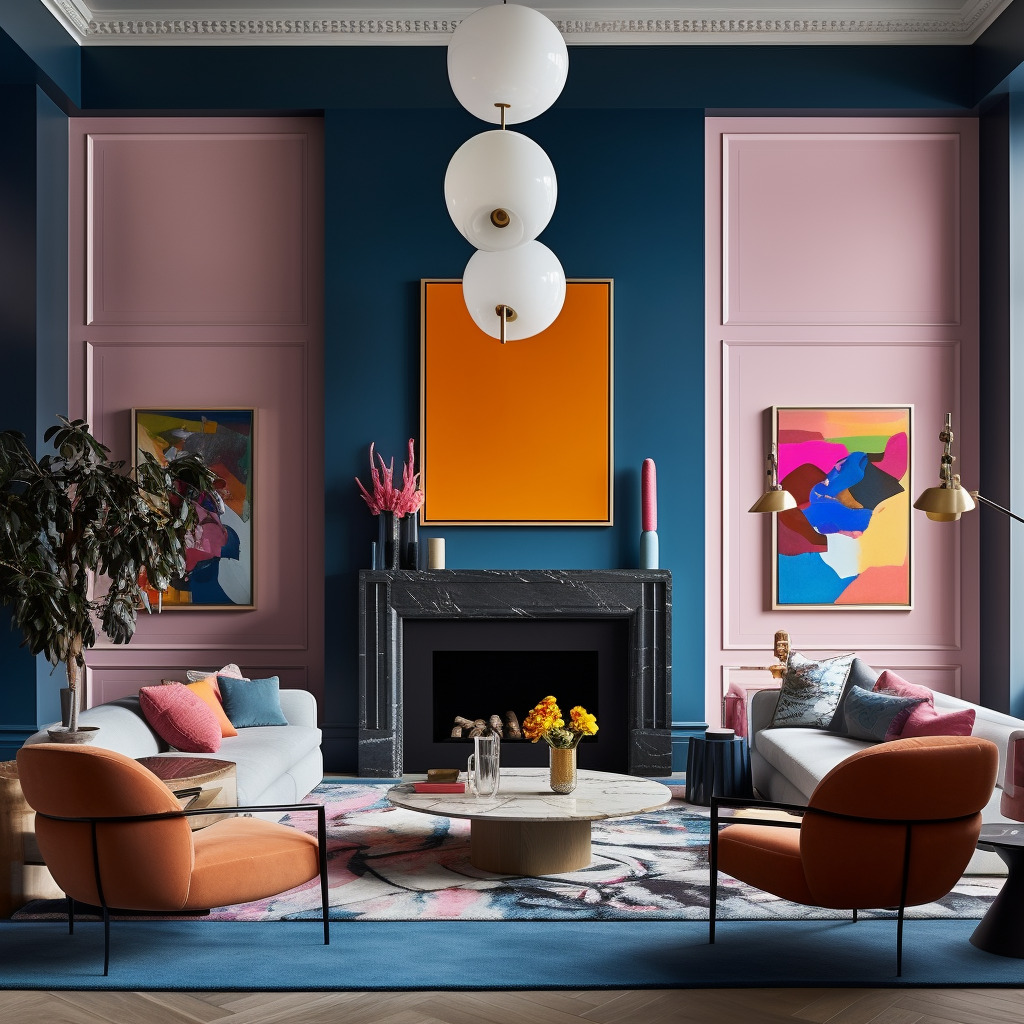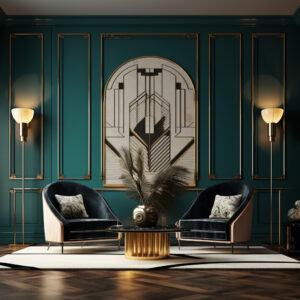The Importance of Color Theory in Design
Introduction
When it comes to curating a space that feels like home, the power of color cannot be overstated. Carefully chosen hues have the potential to transform an ordinary room into a visual narrative that tells the unique story of those who reside within its walls. The mastery of Color Theory in Design stands at the forefront of this transformative process, molding environments that resonate with comfort and beauty. It’s an art form that balances the science of perception and the subtleties of emotional response, all to create spaces that are not only functional but also nurturing and inspiring.
In a world where trends come and go with the seasons, Color Theory in Design remains a constant cornerstone of interior design, empowering us to craft harmonious interiors that speak to both our personal style and well-being.
Key Elements
Beyond color, every choice in interior design is a building block toward creating a cohesive and appealing space. The key elements of interior design include:
Element 1: Color Palettes
Defined color palettes set the tone for a room. From monochromatic schemes to complementary colors, the palette should align with the atmosphere you wish to evoke.
Element 2: Furniture Arrangement
Strategic placement of furniture can optimize the flow of a room. Whether you’re fostering conversation or seeking solace, the arrangement should serve the purpose of your space.
Element 3: Lighting
Lighting has the power to alter the ambiance of an area dramatically. Utilizing a mix of ambient, task, and accent lighting can enhance functionality and mood.
Element 4: Textures and Patterns
Textures and patterns add depth and intrigue. A rich tapestry of fabrics and finishes can invigorate a space or instill a sense of tranquility.
Element 5: Accessories
Carefully curated decorative items personalize a space. Accessories should complement the room’s design narrative without causing clutter.
Element 6: Scale and Proportion
The size and proportion of design elements in relation to one another and the space itself are crucial for a balanced and aesthetic interior.
Element 7: Balance and Harmony
Achieving balance and harmony through symmetry or asymmetry helps in creating a visually pleasing and comfortable environment.
Tips for Color Theory in Design
Incorporating Color Theory in Design demands a delicate touch, especially when selecting furniture pieces that not only fit the physical space but also the envisioned aesthetic. Consider the following tips when choosing your furnishings:
- Consider the Undertones
- Assess the color temperature of your space. Warm or cool undertones in your color scheme invite corresponding furniture hues to maintain harmony.
- Balance with Neutrals
- Use neutral-colored furniture to ground vibrant walls or to provide a backdrop for bold accessories, ensuring the space doesn’t overwhelm.
- Functionality Meets Color
- Choose pieces that reflect the room’s purpose. A serene blue might befit a bedroom chaise, while a lively yellow could energize a home office chair.
- Mix and Match with Moderation
- Complementing contrasting colors can be effective, but consider limiting the palette to prevent visual chaos.
- Utilize Accent Pieces
- When the room’s overall palette is neutral, vibrant-colored furniture can serve as accent pieces that inject personality and focal points.
- Test Before You Invest
- Sample fabrics and finish colors in your space’s lighting conditions, as colors can shift dramatically under different light sources.
- Factor in Trends Thoughtfully
- While trending colors can update the look, ensure they align with your personal tastes and the overall design scheme to avoid quick datedness.
FAQ about Color Theory in Design
Q: How does lighting affect my color choices in interior design?
– A: Lighting can dramatically alter the appearance of colors, so it’s crucial to consider the light sources in the space. Natural light showcases true color, while artificial light can add yellow or blue tints. Always test your color choices under the planned lighting conditions to ensure accuracy and consistency.
Q: Can I use contrasting colors without creating discord?
– A: Absolutely. The key is to use contrasts that complement each other and are balanced within the space. Utilize the color wheel to find complementary colors and apply them in the correct proportions; for example, using one as the dominant hue and the other as an accent.
Q: Are there any colors that universally work well in any space?
– A: Neutral colors like whites, greys, and beiges generally adapt well to different spaces and styles. However, it’s the combination and application of colors that truly create universal appeal.
Q: How do I choose a color scheme for an open-plan living space?
– A: For open-plan spaces, cohesive color palettes work best. Choose a neutral base color and select one or two accent colors to define different areas within the larger space. Consistency is key to achieving unity.
Q: What are some emerging color trends in interior design?
– A: Current trends are seeing a shift towards earthy tones, muted pastels, and biophilic design colors that mimic the natural environment. There’s also a resurgence of bold patterns and vibrant jewel tones used as statement pieces within neutral surroundings.
In conclusion, the sophisticated application of Color Theory in Design is essential to crafting spaces that are both visually appealing and emotionally resonant. Embrace these principles, and you’re bound to curate an interior that feels tailored and timeless, uniquely reflecting who you are, one shade at a time.




